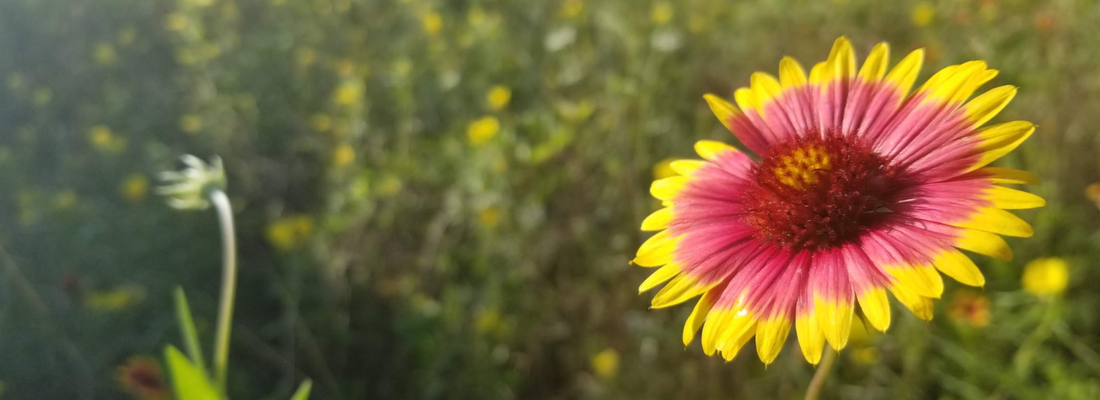If your soil is thriving, chances are your plant is thriving too. The good news is you don’t have to start from scratch, you can use amendments to improve its health!
How can I improve my soil quality?
The simplest single method to meet your soil where it is and boost your soil, whether it’s a potted plant, garden bed, or lawn is this:
-
Add compost (Yes, it’s that easy.)
-
Sprinkle some compost on top of your existing soil (aka top dress) then water as usual. About the thickness of a pencil will do, but sprinkling any amount on will help.
For the basic benefits, it really is that simple. The quality of the compost will determine the amount of benefit, and then quality is where it starts to get complicated. But adding any organic material will introduce microbes to help your soil come alive (or stay alive!).
Which compost should I use?
Choose a quality compost provider or make your own. The world is full of contamination nowadays, and the hard truth is that almost all materials now have some form of contamination even when every effort is made to eliminate it. Many composting facilities operate in bulk and struggle to remove contamination before it makes it into compost piles. Find a reputable compost company that cares about quality and takes measures to reduce contamination.
One reason we love vermicompost is that worms can act as the canary in the coal mine–they certainly will not tolerate a toxic environment, and if worms have lived in it, plants can too.
How to think about soil
Think of crafting your soil like baking a cake. You can still make a tasty cake without eggs or substituting almond flour, but you can choose different ingredients and methods to make a fluffy cake or a dense lemon loaf. All of the tools in gardening have different purposes, and that’s part of what makes it so complicated for beginners. You will hear conflicting takes about a gardening technique or input–and sometimes they’re both right. It’s all about context and application.
Working with soil is about building up a basic understanding of core components, then experimenting yourself in your own home or garden. (Like in the kitchen, when you have to adapt to that one stove top that burns hotter than all the others!)
Think of soil as three core components which affect each other:
-
Structure (airflow, water retention, density)
-
Nutrients (literally elements and minerals)
-
Organisms (microbiology, plant roots)
When all three components operate in harmony a vital soil is forged.
Let’s look at an example of building quality soil from scratch utilizing these core components.
How can I build healthy soil from scratch?
-
Start with clean compost (Structure + Organisms) (30%)
See Which compost should I use? above.
-
Add a sterile medium (Structure) (30%)
You can use Coco Coir (buffered), Peat Moss or both. These materials serve as a medium from which your soil ecosystem builds.
-
Add room for air (Structure) (30%)
Drainage and aeration can be in the form of materials like pumice, perlite, rice hulls, lava rock, or even biochar. These materials break up the main soil base and allow air pockets. Since they are porous (have tiny holes in the pieces) the pieces themselves can hold moisture or air in the little pockets and tiny microbial cities can propagate.
-
Add nutrients (Nutrients) (10%)
Materials like kelp, alfalfa, fish bone meal, and bat guano will decompose over time releasing micro and macro nutrients into the soil. These nutrients are then broken down further by your army of microbes (Organisms) which unlock the organic matter to trade with your plant roots for nutrients.

